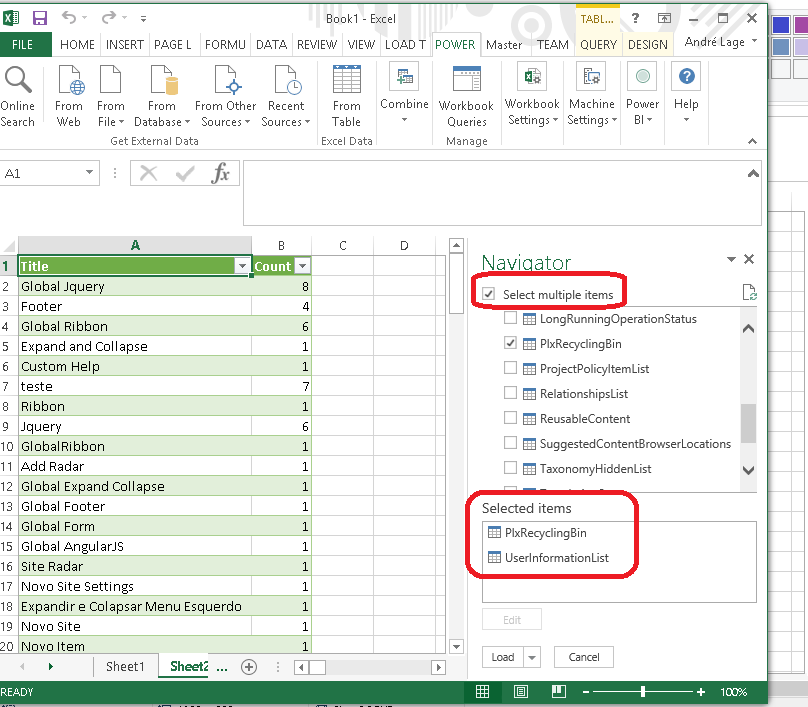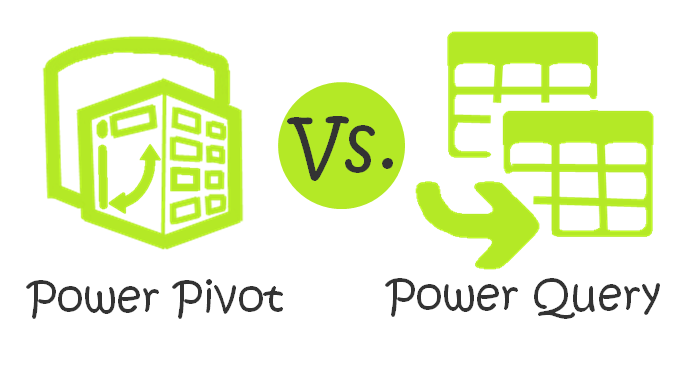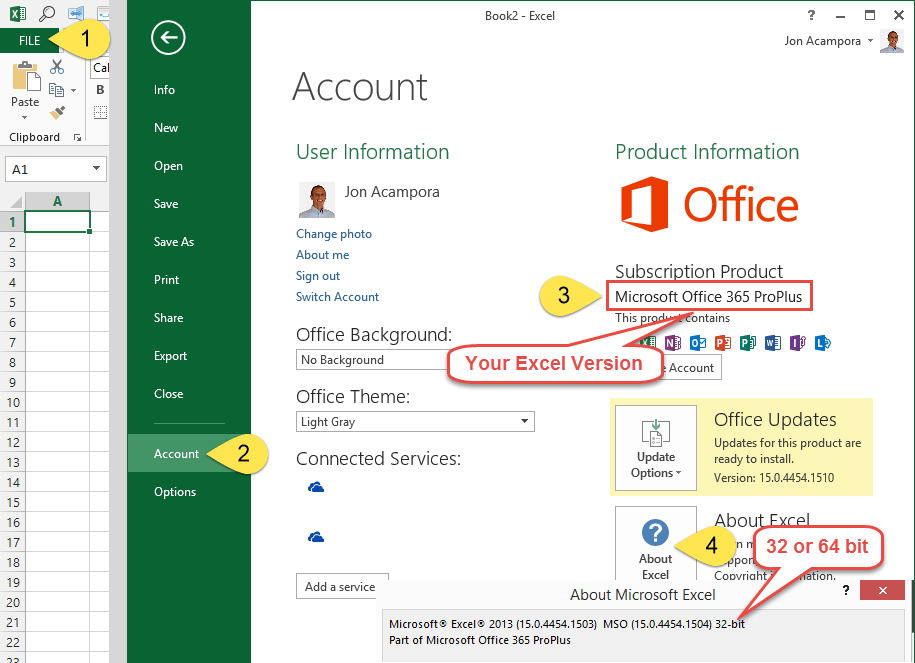
- #MICROSOFT POWER QUERY FOR EXCEL 2013 HOW TO#
- #MICROSOFT POWER QUERY FOR EXCEL 2013 DRIVERS#
- #MICROSOFT POWER QUERY FOR EXCEL 2013 DRIVER#
- #MICROSOFT POWER QUERY FOR EXCEL 2013 FULL#
- #MICROSOFT POWER QUERY FOR EXCEL 2013 SERIES#
With Microsoft Query, you can select the columns of data that you want and import only that data into Excel. You can retrieve a part of the data by selecting only the data for the product and region that you want to analyze. For example, if your data is stored in an Access database, you might want to know the sales figures for a specific product by region. Selecting data from a database You retrieve data from a database by creating a query, which is a question that you ask about data stored in an external database.
#MICROSOFT POWER QUERY FOR EXCEL 2013 DRIVER#
For information about installing an ODBC driver or data source driver that is not listed here, check the documentation for the database, or contact your database vendor.
#MICROSOFT POWER QUERY FOR EXCEL 2013 DRIVERS#
You can use also ODBC drivers or data source drivers from other manufacturers to retrieve information from data sources that are not listed here, including other types of OLAP databases. Microsoft SQL Server Analysis Services (OLAP provider) Microsoft Office provides drivers that you can use to retrieve data from the following data sources: You can also retrieve data from Excel workbooks and from text files. Types of databases that you can access You can retrieve data from several types of databases, including Microsoft Office Access, Microsoft SQL Server, and Microsoft SQL Server OLAP Services. To learn more about Power Query, see Microsoft Power Query for Excel Help.Using Microsoft Query, you can connect to external data sources, select data from those external sources, import that data into your worksheet, and refresh the data as needed to keep your worksheet data synchronized with the data in the external sources. With the Power Query Formula Language you can create simple to advanced data queries to discover, combine and refine data. The final result will change each value in the ProductName column to proper case, and looks like this in a worksheet: For more information about the Excel.CurrentWorkbook() formula, see Excel.CurrentWorkbook.Īssign Source to the in result. This will use an Excel table as the data source.

Use a let statement that assigns Source = Excel.CurrentWorkbook() formula. Generally, the last query step is used as the in final data set result. Output a query formula step using the in statement. Please note that the Power Query Formula Language is case sensitive.Įach query formula step builds upon a previous step by referring to a step by name.
#MICROSOFT POWER QUERY FOR EXCEL 2013 SERIES#
When you create an advanced query, you follow this process:Ĭreate a series of query formula steps that start with the let statement. The complete query formula steps are listed below.

#MICROSOFT POWER QUERY FOR EXCEL 2013 HOW TO#
Let’s build each query formula step to show how to create an advanced query. To clean up the original table, you use the Advanced Editor to create query formula steps. Let’s go through the query formula steps to change the original table so that the values in the ProductName column are proper case.Īdvanced query using Advanced Editor example To learn more about Power Query formulas, see Learn about Power Query formulas.įor example, let’s assume you have an Excel table with product names you want to convert to proper case.Īnd, you want the resulting table to look like this: Note: This topic is an introduction to advanced Power Query formulas. The result can be imported into an Excel worksheet. You can use the Power Query Formula Language to combine multiple formulas into query steps that have a data set result. You can also create advanced query formulas in the Query Editor.įor an advanced formula example, let’s convert the text in a column to proper case using a combination of formulas. The result will look like this in a worksheet: To see the result in an Excel worksheet, choose Close & Load. Power Query shows you the results in the formula results pane. In the Query Editor formula bar, type = Text.Proper("text value"), and press Enter or choose the Enter icon. In the POWER QUERY ribbon tab, choose From Other Sources > Blank Query. Let’s create a simple formula, and then create an advanced formula.įor a simple formula example, let’s convert a text value to proper case using the Text.Proper() formula.

#MICROSOFT POWER QUERY FOR EXCEL 2013 FULL#
To learn more about the full range of Power Query formulas, see Power Query formula categories. There are many Power Query formulas you can use to discover, combine and refine data. The language used to create those formulas is the Power Query Formula Language. The Query Editor is a tool included with Power Query that lets you create data queries and formulas in Power Query. To create Power Query formulas in Excel, you can use the Query Editor formula bar, or the Advanced Editor.

To learn more, see Get & Transform in Excel 2016. Information provided here applies to both. Note: Power Query is known as Get & Transform in Excel 2016.


 0 kommentar(er)
0 kommentar(er)
